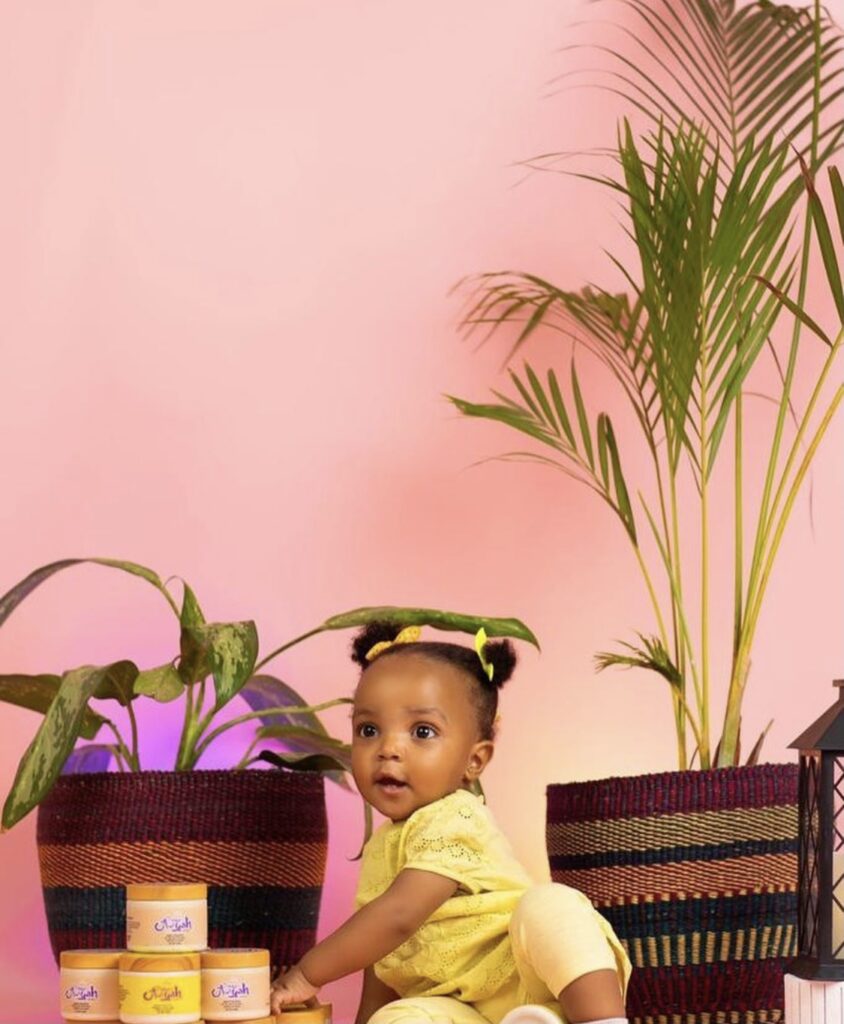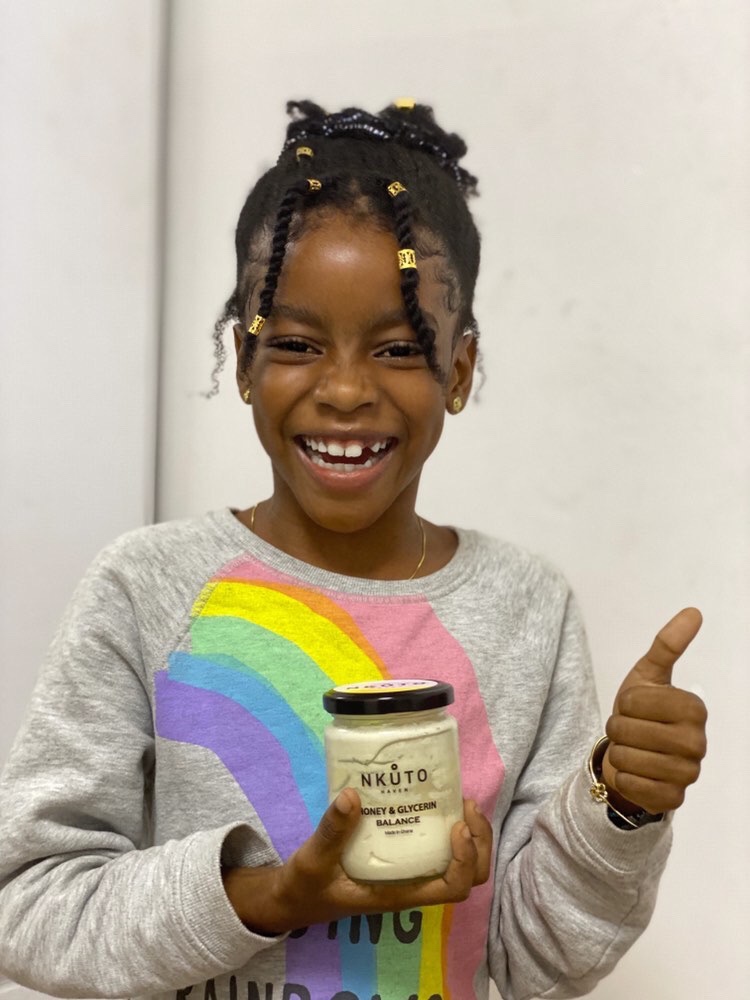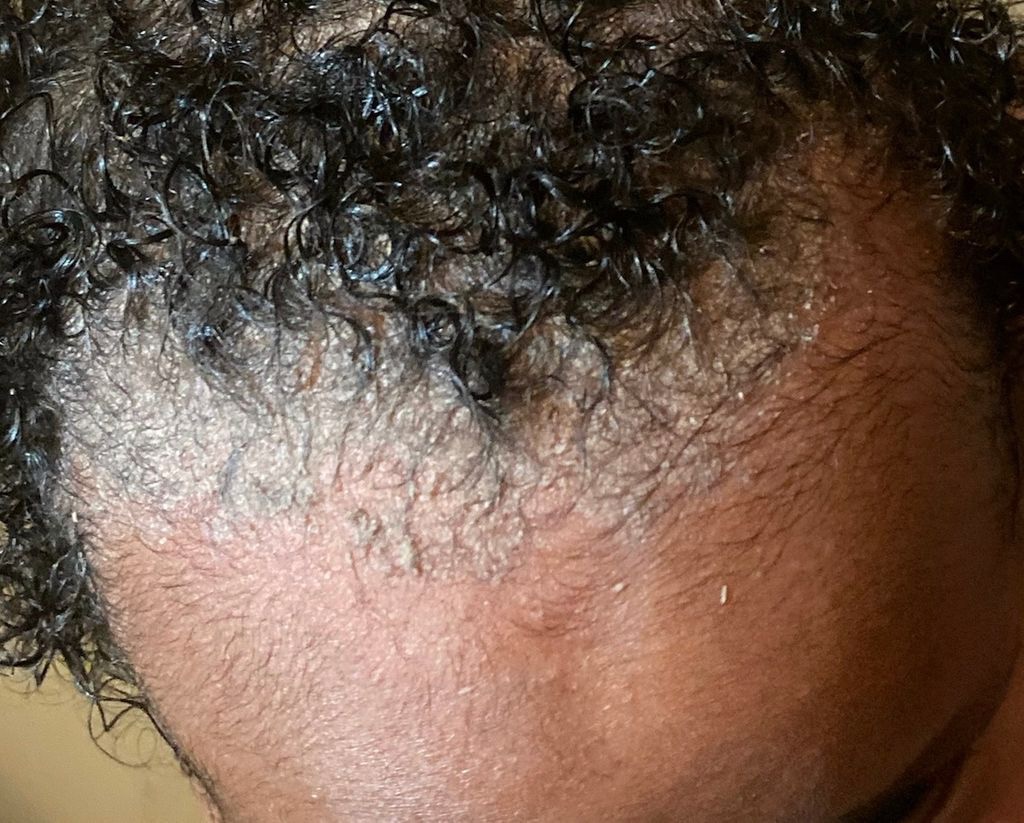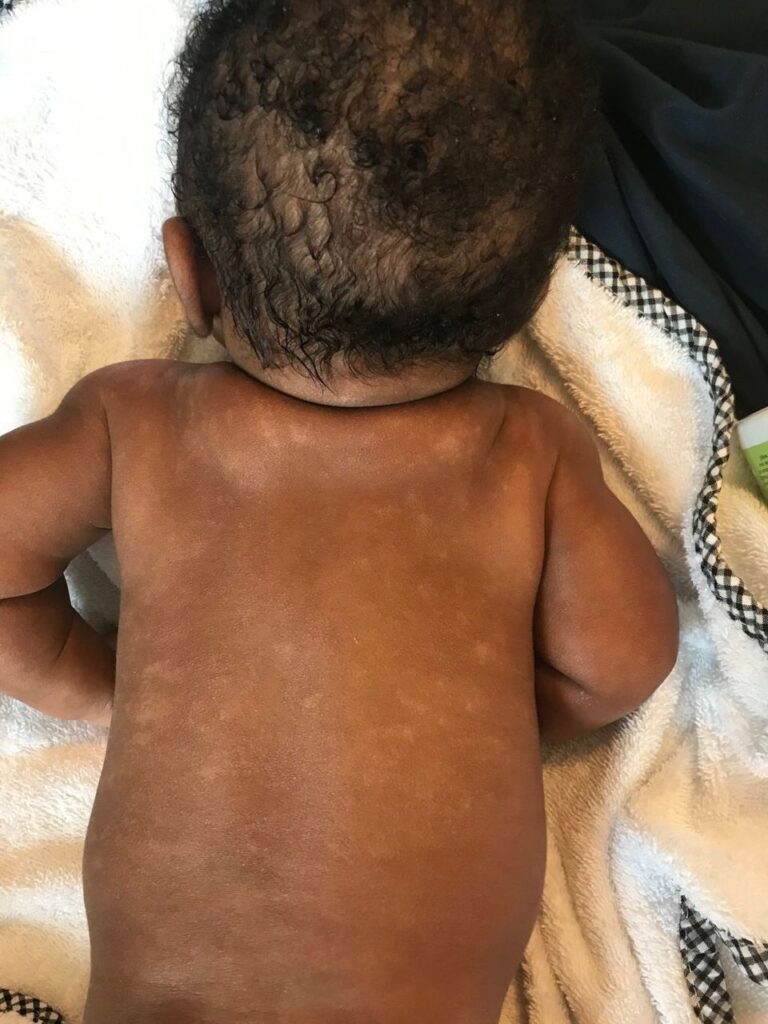
1. Keep your baby out of the sun

You should limit your baby’s time in the sun as much as possible. When you do take them outside, try to keep their skin out of the sun, even in the winter.
You should not apply sunscreen to a baby under 6 months of age. Instead, we recommend the following:
- keep your baby in shade as much as possible
- put your baby in a hat that covers the neck and ears
- dress your baby in loose-fitting, lightweight clothing that covers the arms and legs
- limit sun exposure between 10 a.m. and 4 p.m. when ultraviolet (UV) rays are strongest
It’s also important to keep your baby hydrated with breast milk or formula if you’re spending more than a few minutes outside.
2. Be mindful of dry skin

It’s normal for babies to develop small patches of dry skin in the first few weeks after coming home. If your baby has very dry or cracking skin, you can apply Shea butter-based products to the skin if it’s free of perfumes and dyes, which can irritate your baby’s skin even more.
Natural plant oils such as coconut oils, sweet almond oils or sunflower seed oils have been suggested as suitable moisturizers for babies.
3. Follow best practices for bathing
Stick to best practices for infant bathing. You can use a soft washcloth and lukewarm water to keep their hands, face, genitals, and other body parts clean between washings in the tub. However, in some cases, washcloths may cause more skin irritation and dryness.
These are the recommended basic tips for bath time:
- hold your baby securely and never leave them unattended
- use water that’s lukewarm, not hot
- perform the bath in a warm room
- keep baths short, between 5 and 10 minutes
- wash your baby’s eyes and face with water only
- consider adding a fragrance- and dye-free baby soap when washing your baby’s hair and body
After bathing, pat your baby completely dry before putting them in clothing or a diaper.
4. Don’t sweat cradle cap

Cradle cap is a common skin condition in babies that usually develops between ages 3 weeks and 3 months. With cradle cap, you’ll notice yellowish, greasy-looking patches, called plaques, around your baby’s scalp and the crown of their head. Cradle cap can also appear on the forehead, eyebrows, and around the ears.
In most cases, cradle cap will clear up on its own. Before bathing your baby, it may help to apply a small amount of emollient, such as mineral oil, to the affected area before washing your baby’s scalp and head with a gentle shampoo.
If you don’t see improvements with the condition after a few washes, you should talk to your baby’s doctor about other possible treatments.
5. Avoid contact dermatitis triggers

Contact dermatitis means that something has caused an allergic reaction on your baby’s skin. It may appear in many different ways, including red and swollen skin or skin that’s dry, cracked, and peeling.
The following are common irritants and allergens that may cause contact dermatitis:
- saliva
- urine
- soaps or detergents
- lotions
- dyes
- perfumes
- cosmetics
- latex
- some metals
If you can’t determine what caused the reaction, you should talk to your child’s doctor.
Treatment often involves at-home remedies and recommendations, such as the following:
- dress your baby in loose-fitting clothes and avoid rough fabrics, such as wool
- use unscented and dye-free moisturizers on the skin
- give your baby a bath every day in lukewarm water until the rash starts to go away
- avoid the substance that caused the rash, if known


Im very pleased to find this page. I wanted to thank you for your time due to this wonderful read!! I definitely savored every bit of it and i also have you bookmarked to check out new information in your blog.